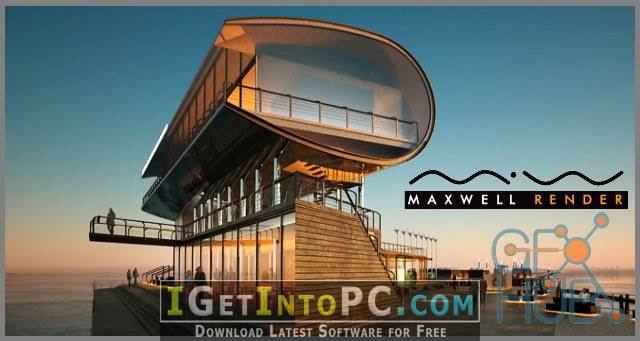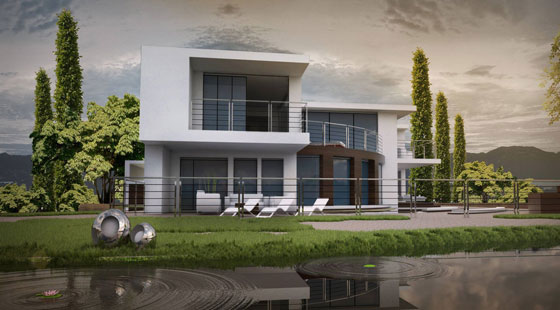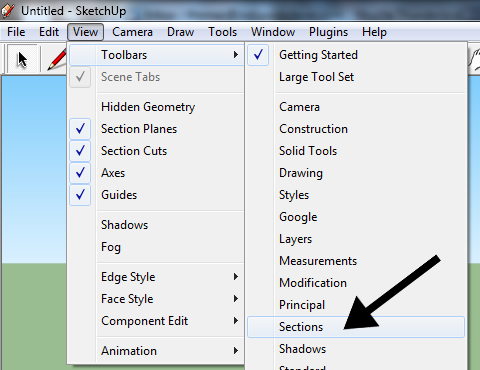


Since the light scattering modules are so strong, it only makes sense that the camera visualization technology must be just as empowered. These functions basically address the light scattering modules such as the Sub-Surface-Scattering and Wavelength-dependent-scattering properties of life, which are powered by the very same physics processor. V-Ray gets its name from ray-based simulation techniques, the very same that are used by Indigo, but with a much more powerful physics processor and scattering/phase functions. The indigo menu in the SketchUp menu bar Following this, the lighting system of this plugin is top-notch. Second, the interface is simple and compact taking into consideration the flexibility and array of functionality as can be seen in the screenshot of the only menu that Indigo adds to the default Sketchup interface. Voila, the arsenal of 2D/3D apps are now on the same page thus making our lives easier. Blender So without a doubt, it basically allows subsystem integration in to a range of software and enables you to use the same rendering settings across all the supported platforms using an exported XML configuration file.Let’s take a look at some of the features on by one: First, Indigo render offers support to the following 3D applications: This is because of the advanced set of physics principals in place. The reason why a paid software is much better than the rest (in my personal opinion) is not due to the technical support or 24/7 customer care service, but the built-in facilities are so precisely measured based on real life physics’ principals that the resultant render is nothing less than absolutely breathtaking. The price is high for the actual license but in my opinion for somebody whose source of income is rendering in Sketchup, I would say it is well worth the price. Although free only on trial basis, I have to put this on the top according to my preferences for rendering plugins for Sketchup.In this article, we will review the top 5 rendering programs for Sketchup.

That’s what sets the plugins apart and defines their dominance in their respective domains, even though they are all just rendering plugins. The difference lies within the actual processing that takes place behind the scenes, as the rendering engines and the relevant light-synthesis and material development modules are implemented in different ways. The actual process of rendering is pretty much the same, since you will create a scene, add the material, and click on render. ArielVision Note: This is a product comparison, which basically highlights what you can do with each plugin better, faster and cheaper.According to, the following plugins are recognized as a few of the best and most stable rendering programs for Sketchup due to their extendible functionality and technical support.


 0 kommentar(er)
0 kommentar(er)
